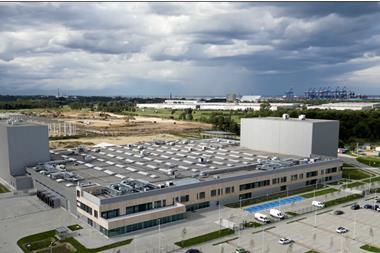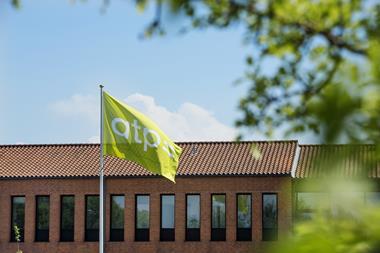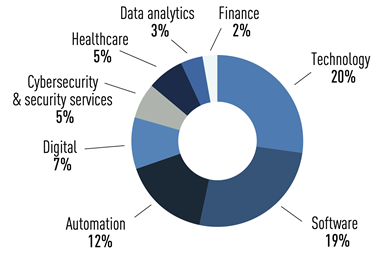Private equity is gaining legitimacy in Asia, says Nicholas Bloy, co-managing partner and a founder of Navis Capital in Kuala Lumpur.
“Private equity, prior to the Asian crisis, could be considered the capital of last resort,” he says. “Nobody, no entrepreneur worth his salt was interested in selling control to private equity.”
But even as Asians embrace private equity investors, workers and politicians in austerity-plagued Europe seem to hate the “plague of locusts” even more. Bloy says that reflects what drives equity returns in the booming East and the stagnating West.
“In Asia, it’s growth,” he says. “In Europe it’s largely financial engineering, which of course is reviled in and of itself and it is focused on driving often painful efficiency gains.”
Costs must be cut by closing factories or moving jobs to cheaper locations.”It’s a socially and psychologically painful way to make money,” Bloy says.
“Now you contrast that with Asia where virtually none of our returns comes from firing people. In fact we’re creating jobs, by the tens of thousands, hundreds of thousands, millions, because we’re growing and we need to add factories, we need to add capacity, we need to hire new people.”
Navis, which manages around $3bn of assets, focuses on buyouts. It looks for profitable mid-market companies that need financial, as well as intellectual capital, and management advice to grow and realise potential.
Many limited partners are placing their bets on China and India. But Bloy is targetting national champions in Southeast Asia which can then be turned into regional giants—a process assisted by free-trade agreements.
“The cold market, the overlooked market is where the opportunities are,” he says.
“And only a fraction of the money that’s flowing into India and into China is flowing into Southeast Asia.
That, he says, seems like an anomaly. Free trade between the 10 members of Association of Southeast Asian Nations or Asean is growing fast. “Tarriffs on 90% of goods and services are down to zero,” he says. “You have the conditions for cross-border growth, cross-border M&A across this whole free-trade area.
“When you aggregate that economy, it’s approaching $1.8 trillion (with a population of) 600 million people.”
India may have more people than Asean, but its economy is smaller. But Asean gets only a fraction of the money that’s going to India.
As fewer PE firms are chasing deals in Southeast Asia, consequently, he says, it’s “much cheaper” to buy a company there.
Navis was founded in 1998, just as Asian economies started to regroup following the region’s financial crisis.
Bloy says before the crisis, private equity firms typically took a very different approach. They mainly bought minority stakes in Asian public companies.
“Most, if not all, of the investments lost money,” he says. “During the financial crisis, you saw billions of dollars wiped out and a lot of firms go to the wall.”
The crisis revealed the misalignment in interests between incumbent controlling shareholders and minority investors whose well-being was often ignored.
Bloy blames pride and founders’ psychological need to stay in control “Business owners and entrepreneurs perceive there to be prestige in being the owner, the chief executive officer, the controlling shareholder of a publicly listed company. And so initial public offerings themselves were seen as prestigious by entrepreneurs.
“Now, in a way that crowded out private equity capital.”
Bloy says many private equity practitioners had tried to manage the risk of being minority shareholders with what looked like very protective legal agreements—which subsequently proved worthless.
“In the more emerging parts of Asia during the financial crisis those protections could not be enforced. Even in a court of law.”
But the massive destruction of value, and the need for additional fresh capital for thousands of Asian companies, rebooted the private equity industry. Suddenly, deals to take charge of troubled companies were possible.
“So much new equity came in: the new equity provider almost invariably became the new controlling shareholder. And that’s really when it started.”
Fast forward to the global financial crisis of the late noughties. How has the private equity industry recovered? Bloy expects more failures.
“Many of the firms that might have made poor investments two or three years ago, they’re still with us. They still own their portfolio companies; they’ve still got to manage their way out of it.”
But in Asia, though the pain may be less acute as the recovery kicked in earlier. Consequently, there’s less likelihood of a shake out.
“Many (PE firms) will just about do okay, because they’ve got holding power and they’ve got stamina. In fact, the crisis hasn’t been long enough really to create a shake out. The ingredients of a shake out were there but the pain didn’t last long enough.”
“A lot of what was driving Europe and North America was too much leverage and so those growth rates were clearly unsustainable.”
Now, Bloy says, private equity investors in Europe and North America are realising that for the next two decades the East will offer much better opportunities.
“The economic growth rate, industry growth rates, company growth rates in Asia, are going to be two, three, four times greater than that of their home markets,” Bloy says.
“And so there will be, and there is already starting, a massive shift in the geographic allocation of assets from the industrialised markets into Asia.” •
Stuart Pallister is editor of the business school website, Insead Knowledge












No comments yet